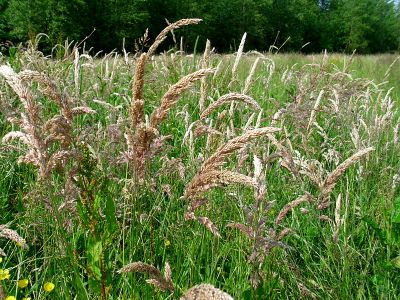New mechanisms of evolution in sedges

Grass, fot. By Natubico (Own work) [CC BY-SA 3.0
Researchers are studying a new type of chromosome to better understand how it influences speciation and evolution.
Chromosomes, bundles of DNA common to all plants and animals, are held
together and controlled via a central area called a centromere. Some
plants and animals have a centromere diffused across the length of the
chromosome; these chromosomes are referred to as holocentric.
Recent evidence suggests that holocentric chromosomes influence the
evolution of the species in which they occur. An EU-funded project,
'Holocentric chromosome evolution and the origins of biodiversity in a
hyper-diverse plant lineage' (HOLOCHROMEVOL), is investigating this
phenomenon in the common European sedge genus Carex.
Carex is an interesting genus: chromosome rearrangements have
resulted in large genetic differences within species as well as broad
lineage diversity (more than 2 000 species). The genus has holocentric
chromosomes, and so it is likely that these have influenced genetic
diversity in the genus.
The project has conducted long-term breeding experiments with Carex,
both within and between species. Several generations of offspring were
grown, interbred and harvested for further analysis.
High-throughput genetic sequencing was used to evaluate chromosome
rearrangements and how this phenomenon related to interbreeding in these
plants. Researchers have found that germination rate decreases as
chromosomal rearrangements increase.
This is the first evidence that holocentric chromosomes can
influence the breeding (and thus the evolution) of an organism.
HOLOCHROMEVOL has produced an in vivo model for other scientists to
study the relationships between holocentric chromosomes, evolution and
speciation.
published: 2015-03-16